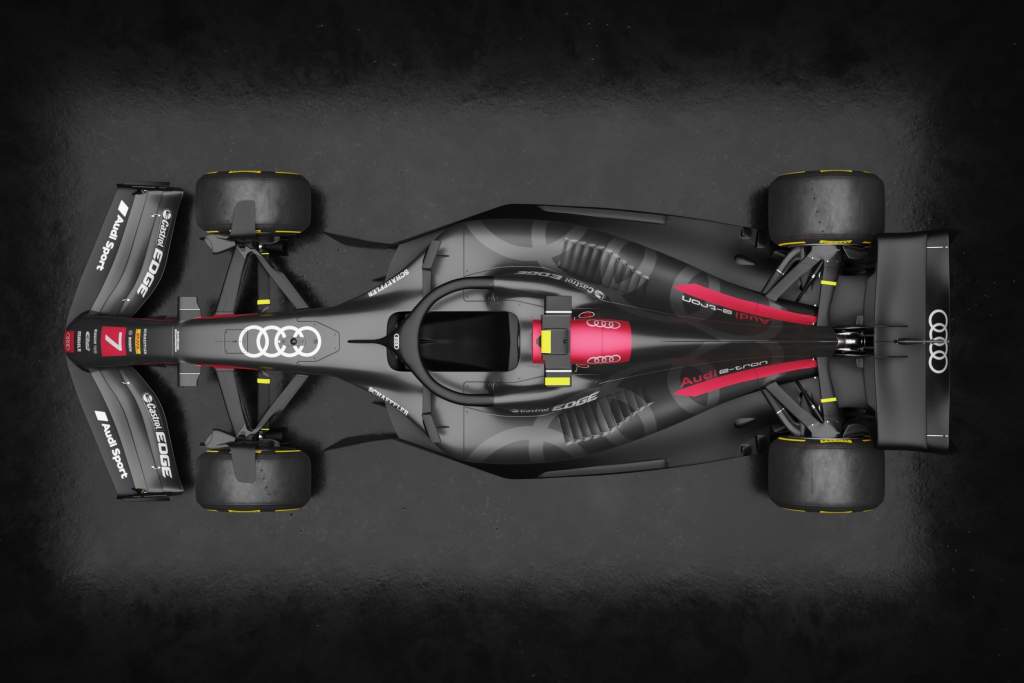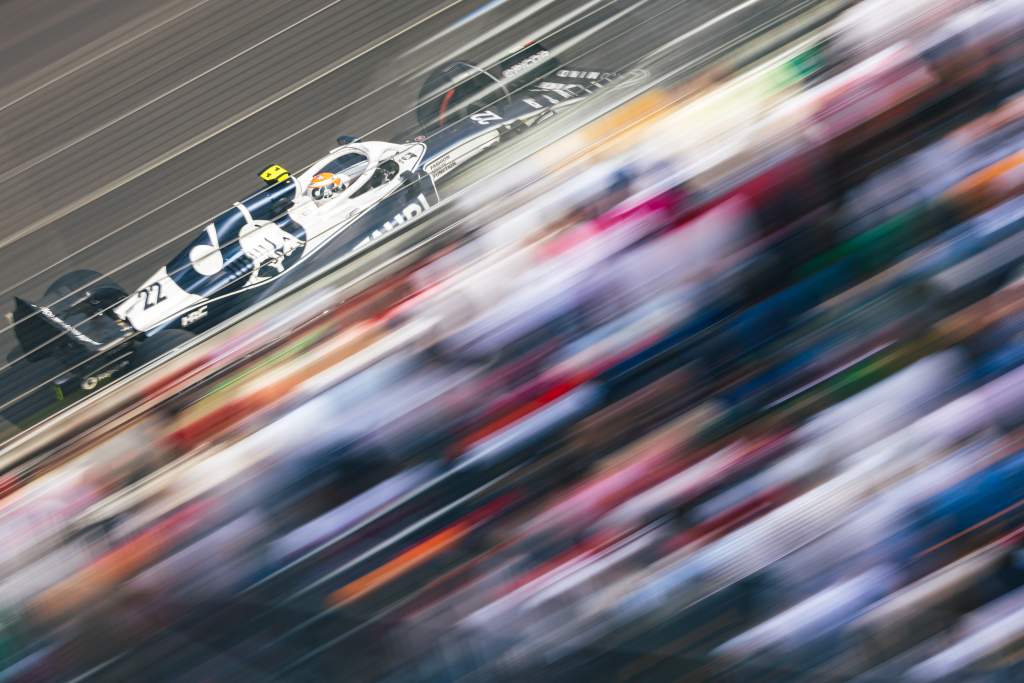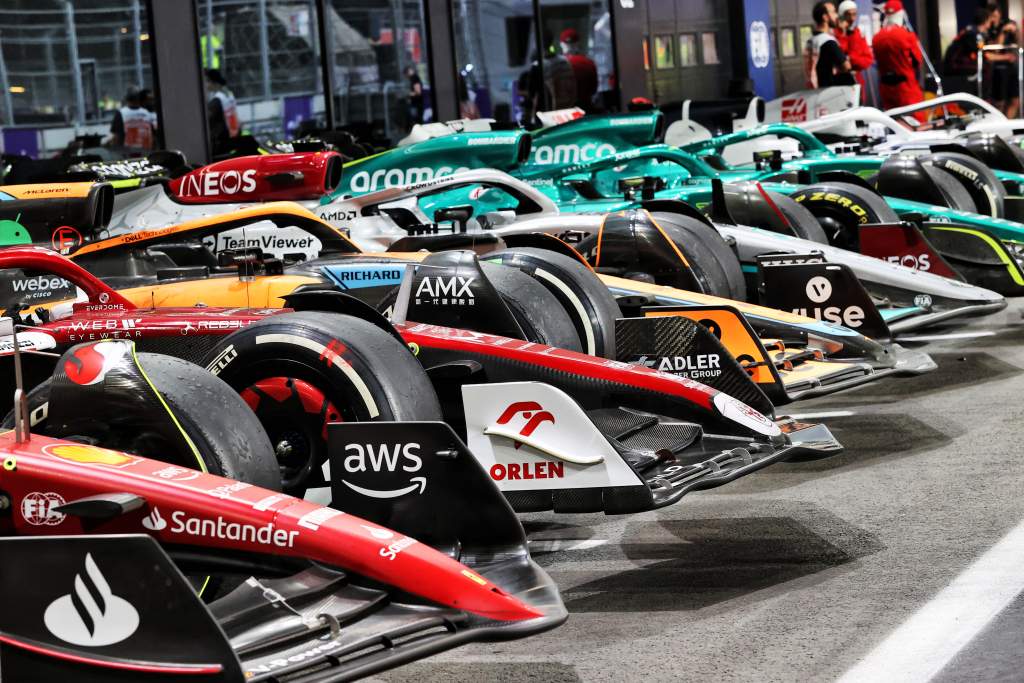Up Next

Formula 1 and the FIA have shown the first hints of being willing to expand the grid beyond 10 teams.
This would be good news for Michael Andretti if he was the sort of entrant F1 wanted.
But he is not.
Andretti’s prospective entry is being kept at arm’s length for a reason. F1’s stakeholders are demanding evidence of the benefits they would get from accepting an Andretti Global F1 team entry in 2024.
In simple terms Andretti needs to prove its F1 team would have the necessary resources to be a serious and long-term addition to the grid and generate enough commercial interest, primarily in the United States, to offset the money it would cost Liberty Media and/or the other F1 teams by sharing the revenue with another entity.
This logic is now well understood, although far from universally agreed with. There are plenty who think the Andretti name alone merits an F1 entry. Others – whether they have seen the specific Andretti proposals or are just working off vague details that have been made public – are adamant that Andretti’s got the right resources and partners.
So why doesn’t F1 share this view? The most likely reason, The Race understands, is that it does not want an 11th team to be Andretti Global. Its preference is for it to be a new works entry.
F1 would prefer a global manufacturer because it would have far greater reach and appeal internationally. Whereas the Andretti argument has tended to be massively dependent on the theoretical benefits it would have in the United States.
The question is where this new works team would come from. Two candidates come to mind: Honda and Audi. But each would seem to have massive hurdles to face.

(3D model by Chris Paul Design/Unkredible Studios)
The one that looks most likely to join the F1 grid in 2026, Audi, doesn’t seem to have much interest in starting its own team from scratch. It wants to buy into an existing one and build its own engine for that team to use. This has been the known strategy for a while now and slowly the options have been whittled down: McLaren looks like a no-go and Aston Martin seems too complicated.
Sauber (currently racing as Alfa Romeo) and Williams are the remaining options. Some say it’s Sauber that has the best chance – it has excellent facilities, a willingness to sell the naming rights at the very least, and a past relationship with Audi on its LMP1 challenge.
Others think that the slightly out-of-sorts Williams team could be a better option given it is based in the UK and Dorilton Capital could be interested in selling given its value has risen significantly.
The point is, Audi does seem to have options. Even if it will likely have to pay more than it ever wanted to. And this will be preferable to having to start an all-new organisation from scratch.
Honda, though, has only just walked away from F1. And it hasn’t even done that very convincingly, given its engines are still being used by Red Bull and AlphaTauri and will be until the end of 2025. Working with Red Bull for the new engine regulations is out of the question, though, as Red Bull will soon announce that it has signed a deal to partner Porsche for 2026 onwards.
But F1 is quite keen on Honda coming back and has thought for some time, certainly the end of last season, that Honda may have come to regret its decision to leave.
It believes the potential is there. And before ex-managing director of F1 Masashi Yamamoto left to join Red Bull Powertrains, he is said to have suggested to Honda’s CEO that if the company did decide to return to F1 in the future it would need to do so as a works team, not just an engine manufacturer.
There are also suggestions that F1 R&D work at Honda’s Sakura base hasn’t been switched off entirely alongside its maintenance of the engines Red Bull and AlphaTauri are still using.

Apparently, Honda has continued to keep an eye on the discussions for the 2026 technical regulations. That way, if a decision comes in the next couple of years to fire up the F1 programme again, Honda will not be working from a standing start.
For any of this to happen, though, Honda’s board would need to take a massive U-turn and commit serious investment. And there are clear reasons to doubt that would happen.
Honda left because the board needed to redirect its enormous F1 research and development costs into other areas of the business as it has fallen behind rivals on sustainable technologies.
What F1 infrastructure Honda did have outside of its Sakura R&D facility has been split up. Senior staff members now work in different departments or (like Yamamoto, or the Honda staff in the UK HRD facility) have joined Red Bull.
And we could spend a long time dwelling on the fact Honda has no European base to work from, no immediate F1 team or chassis knowledge, and a very short and unsuccessful history as a works team. Being an engine supplier is what it has traditionally done best.
The short-termism of Honda’s F1 projects have always been the manufacturer’s undoing. Curiously, this lack of commitment should be a reason why F1 would be wary of expanding the grid for Honda. If there were suspicions that an Andretti entry would only last five or six years before pulling the plug, it would likely be dismissed almost immediately.
But even in the short-term Honda, or any manufacturer really, would probably be considered to have massive upsides for F1 that make it a worthwhile gamble no matter how vulnerable it is to boardroom changes of heart.
Car manufacturers have always had a different allure. And this brings us right back to F1’s fundamental lack of confidence and interest in Andretti.
For this to change, Andretti’s proposal must become more convincing. Even then there’s no guarantee that it would be the first name on F1’s shortlist for a new team.






